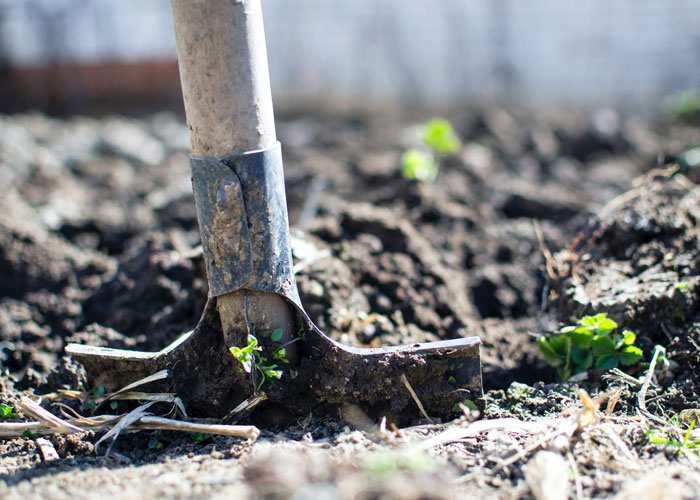Fertilizer Basics: Gardening 101
Most gardeners have heard that plants need fertilizer. But what kind of fertilizer, how the heck do you use it, and where do you start?
Even for experienced gardeners, the options can feel overwhelming. And searching online often yields confusing or conflicting advice. The good news is, choosing a fertilizer and supplying your plants with the nutrients they need can be easy, if you know a few simple facts.
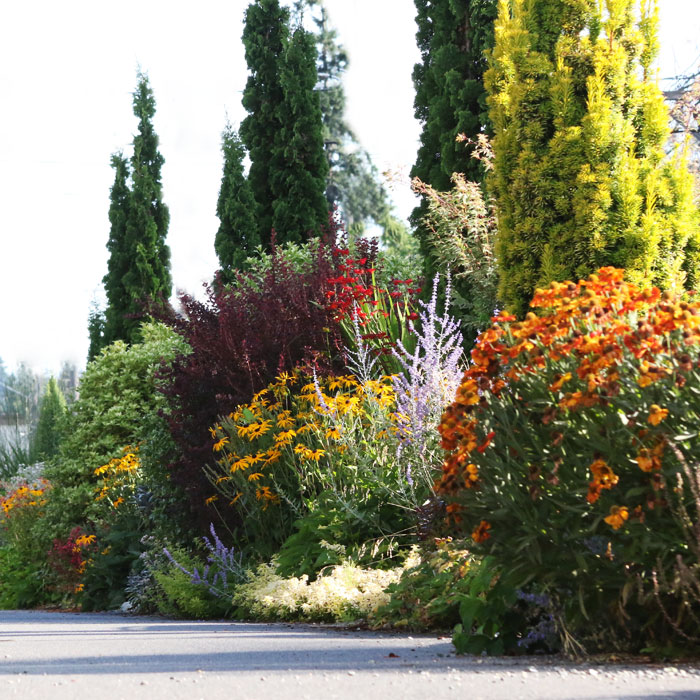
"Just like us, plants need a variety of nutrients and minerals to be healthy."
WHAT IS FERTILIZER?
You might have heard that fertilizer is “plant food.” Plants make their own sugar through photosynthesis, but they can’t live on sugar alone. Just like us, plants need a variety of nutrients and minerals to be healthy. We get these from our food. Plants get them from the soil.
These nutrients naturally cycle between plants, animals, and soil. But every system needs an occasional fertilizer boost. Even in nature, plants can be fertilized by the bodies of returning salmon, seasonal floods or fires, or migrating animals bringing in fresh manure.
Periodically applying fertilizer mimics these natural systems. It replenishes the nutrients in the soil to ensure that our plants have everything they need to thrive.
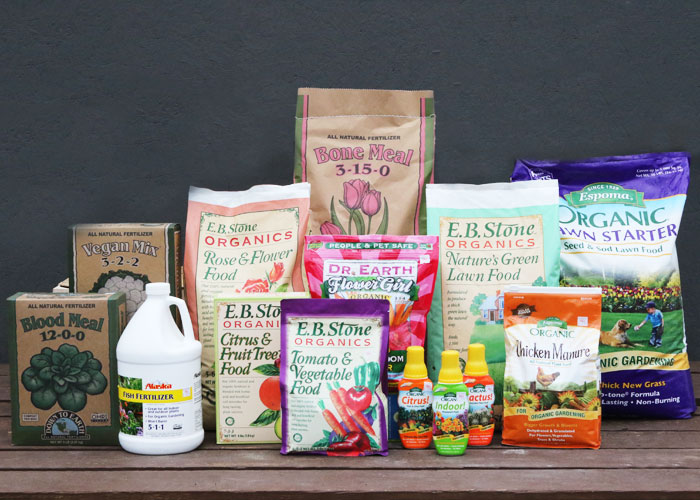
FERTILIZER VS. COMPOST
It’s important to understand the difference between fertilizer and amendments like compost. Your soil and your plants need both to be at their best.
Fertilizer is all about providing nutrition. Amendments like compost have their own role to play in building healthy soil: they provide the right conditions for soil to come to life. You could think of compost as habitat for the microbes that help your plants thrive. But you also need organic fertilizer to feed those microbes.
ORGANICS VS. SYNTHETICS
There is a world of difference between organic and synthetic fertilizers. The differences include both where they come from, and how they affect your soil and your plants.
Organic Fertilizer
Organic fertilizer is made from the same things that supply plant nutrients in nature. That can include minerals, plants, and animals. For example, kelp and bone meal are both common ingredients. Most commercial organic fertilizers contain at least some byproducts of animal agriculture, but vegan options are available too.
Organic fertilizer often comes in the form of a fine powder, or small granules. These granular organic fertilizers work by feeding the microbes in the soil. Those microbes then feed your plants. Since the microbes will slowly release nutrients as they digest the fertilizer, it would take extreme over-applying to harm your plants. It only takes a couple of applications of a granular organic fertilizer to feed your plants steadily all season long.
There are also liquid organic fertilizers. These are nutrients from natural sources that are already dissolved in water. Your plants will be able to use these nutrients right away but for a shorter period of time. Think of them as a quick boost that can help supplement your slower-acting granular fertilizer.
Synthetic Fertilizer
Rather than being derived from naturally-occuring nutrient sources, synthetic fertilizers are created from scratch through human-made chemical reactions.
While synthetic fertilizers will supply a heavy dose of nutrients that is instantly available for plants to use, they come with more risks than organics — to your plants, the soil, and the surrounding environment.
Instead of feeding soil microbes, synthetic fertilizers deliver plant nutrients that can immediately dissolve in water and be used directly by plants. The downside of this is that they can harm soil life, making your soil much less healthy in the long-term. They also pack more nutrients than plants can use at any given time. The excess ends up in waterways, where it can cause problems for everything living downstream.
You are much more likely to “burn” your plants with synthetic fertilizer than with organics. Fertilizer burn happens when plants get too much of a nutrient all at once, resulting in crispy, unhealthy leaves. Severe fertilizer burn can kill a plant.
Applying a small amount of synthetic fertilizer can help revitalize a hanging basket or provide a quick boost to an annual bed, but it’s important to keep the long-term effects on soil and the environment in mind.
"As long as you stick with organics and don’t vary too wildly from the instructions on the package, it’s hard to go wrong."
NAVIGATING FERTILIZER OPTIONS
For most situations, our recommendation is simple. Choose a granular, organic fertilizer mix that is either labeled “All Purpose” or labeled with the kind of plant you want to fertilize. For example, there are “Tomato and Vegetable” or “Tree and Shrub” mixes. Once you have your mix, just follow the directions on the package.
Don’t worry too much about which brand to choose — it’s a matter of personal preference. A person may choose a certain brand because it has worked for them in the past, because they have preferences about ingredients, or because they believe in a certain company’s sustainability practices. But from the standpoint of feeding your garden, all of them will work just fine. If you’d like to dig a little deeper, we carry a wide selection of organic fertilizers like Dr. Earth, EB Stone, Down to Earth, and Hendrikus, all of which are trusted West Coast companies.
So, that may be all that many gardeners want or need to know. As long as you stick with organics and don’t vary too wildly from the instructions on the package, it’s hard to go wrong.
But if you’d like to begin to master the art of soil nutrition, so you can maximize edible production, or create an ideal environment for your carefully considered plantings, there are just a few more layers to this fertilizer cake that you’ll want to explore...
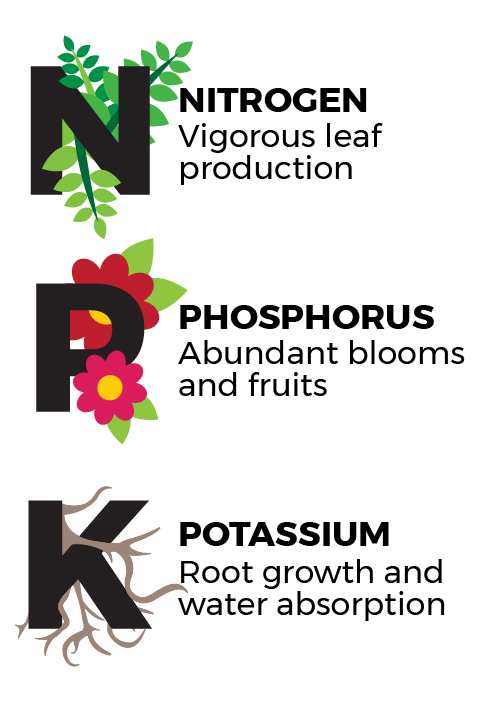
PLANT NUTRITION BASICS
If you’ve ever explored the basics of human nutrition, the concept of plant nutrition has many similarities. Plants need three nutrients in large amounts. These “macronutrients” are nitrogen, phosphorus, and potassium. All three nutrients play several different complex roles in the life of a plant.
A plant needs all three of these nutrients in the right balance to thrive. A deficiency in any of these nutrients can cause stunted growth, discolored leaves, and other symptoms.
Plants also need a wide variety of nutrients in smaller amounts. These are called “micronutrients.” A few key ones include calcium, magnesium, and sulfur.
THE THREE NUMBERS
When you look at a box or bottle of fertilizer, you’ll see three numbers arranged in a row. Those numbers tell you how much of each macronutrient is in the fertilizer. For example, a “5-10-5” fertilizer contains 5% nitrogen, 10% phosphorous, and 5% potassium.
This is good to know if you get a soil test and you need to correct a particular deficiency. Your soil test results may even specify a particular ratio you should look for.
SINGLE INGREDIENT FERTILIZERS
We usually recommend pre-made mixes for those who are just looking to boost their garden’s nutrition overall. But you can also buy fertilizer ingredients individually, like these carried by Down to Earth.
Applying single-ingredient fertilizers can be a good way to correct specific deficiencies. Different sources of the same nutrient can also act differently in your soil. For example, blood meal will supply nitrogen that is ready for your plants to use faster than other organic nitrogen sources.
You can even make your own custom blends with your favorite ingredients. Some gardeners like to create different custom blends for different plants, according to each plant’s specific needs.
"With this closed loop approach, we can often save money, and reduce our environmental impact."
DIY FERTILIZER
Some gardeners get away from commercial fertilizers all together. After all, people have been relying on organic fertilizers since long before they came in colorful plastic bags!
The options are almost limitless when it comes to natural DIY nutrient sources. Burying food scraps, harvesting manure from backyard rabbits or poultry, collecting ash from the fireplace, and fermenting comfrey leaves (pictured at right) are just a few great examples.
With this closed loop approach, we can often save money, and reduce our environmental impact.
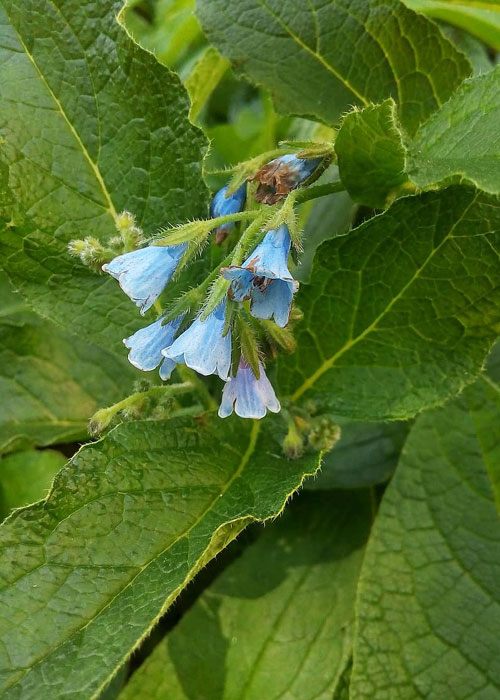
FEED YOUR SOIL, FEED YOUR PLANTS
Whatever methods you choose, the important thing is to remember to feed your soil! Healthy, nutrient-rich soil is the key to healthy plants.
By relying on granular organic fertilizers, in combination with compost and mulch, you can easily build healthy soil that will only improve with each passing year. Fertilizer might not always be the most captivating of gardening topics, but we promise it will vastly improve your gardening game, and inspire a long term appreciation for your soil.
